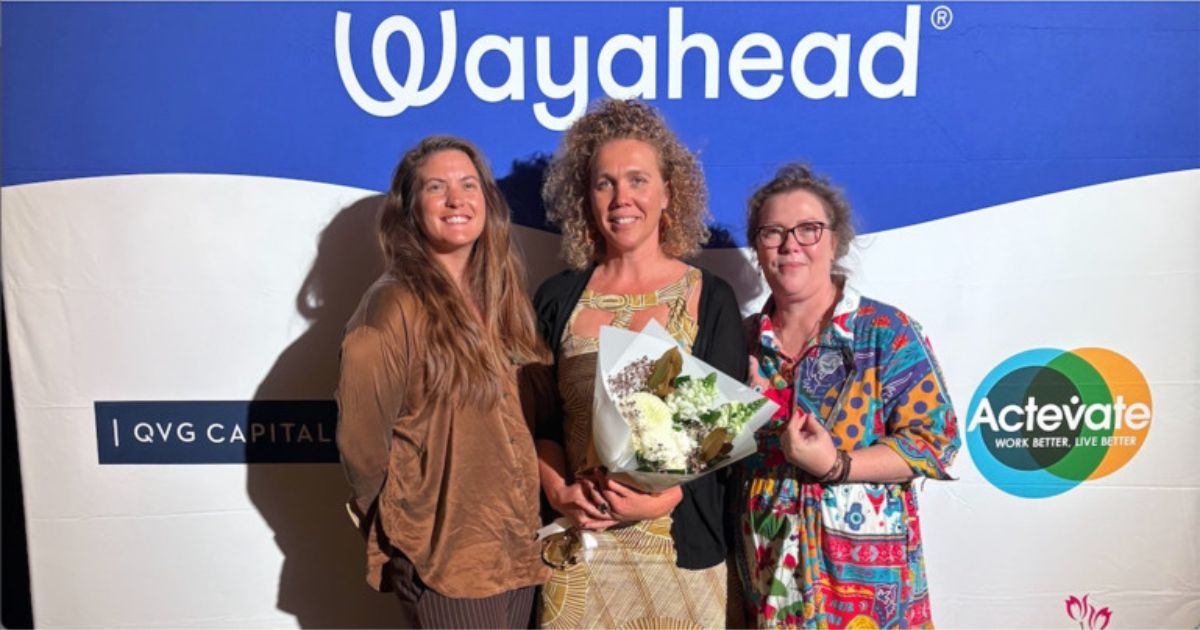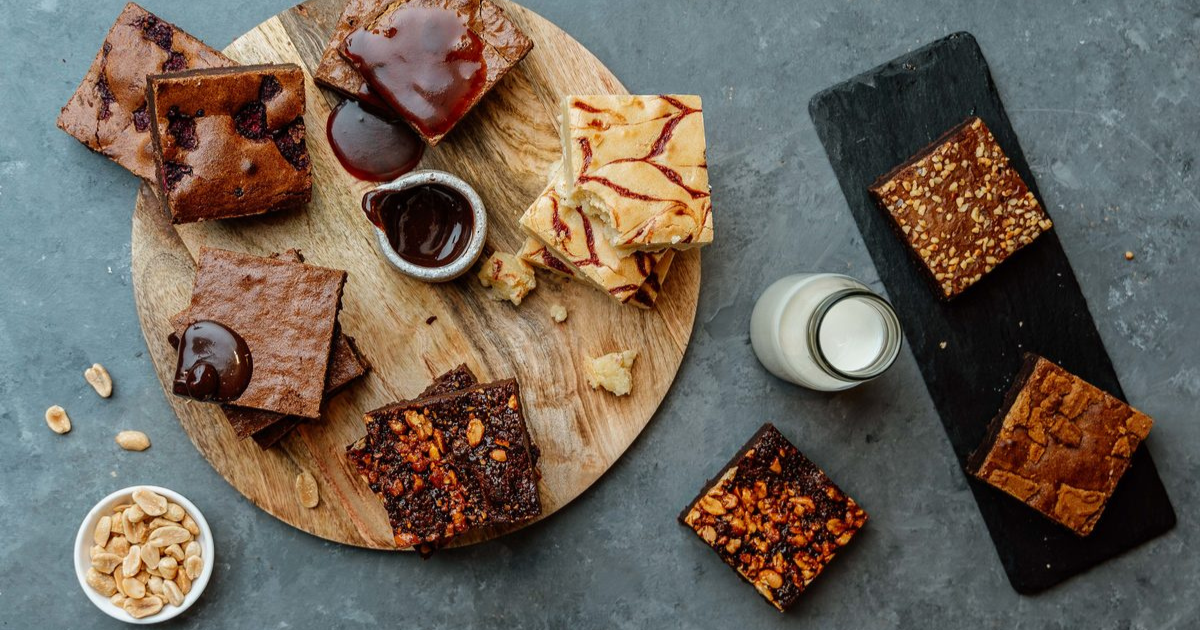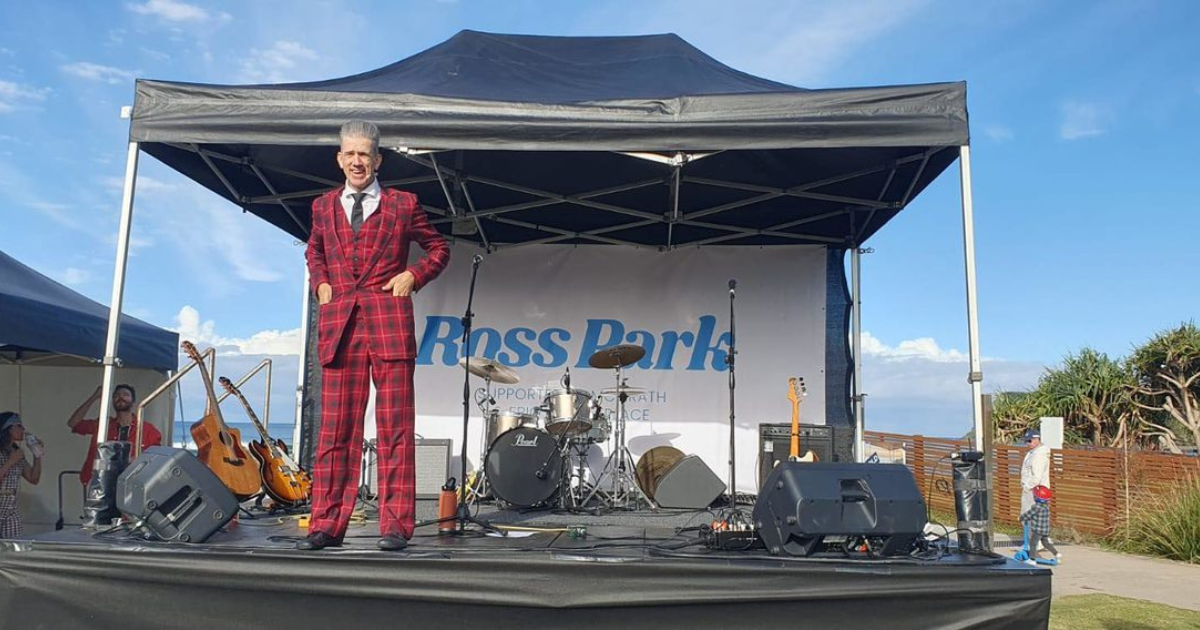Humpback highway busier than ever
IT’S been a bumper whale watching season on the NSW north coast according to local tour operators – and the best may be yet to come.
Dave Jaeger from Tweed Coast Dive Charters said humpback whales have been stopping and playing a lot more this winter, which he puts down to the warmer than average water temperature. “We have calves born here every year, but we have had lots this year,” he said. “The first one was the first week of June, which is extremely early. We had three separate occasions in one week with different mums and calves. They were so fresh their dorsal fins hadn’t unfurled yet. That doesn’t happen until day three.”

Dean Fuchs, from Out of the Blue Adventures, said there are more whales every year, and they seem to be more active when there are others around. One of the best days he’s had so far this season was when a whale was breaching between two of his boats off the coast of East Ballina, which he captured on camera. “It’s pretty exciting even when you have seen it a lot,” he said. “I don’t think it ever gets old.”

The highlight for Lachlan Taylor from Cooly Eco Adventures was seeing a pod of around a dozen whales competing to mate with a female. “It makes for some pretty amazing whale watching because sometimes the males are bashing each other and breaching on top of each other,” he said. “At one point they were all around us and coming right up next to the boat. People were just losing it. There’s just so much going on out there.”

Glenn Sanders from Wild Byron said the migrating population was increasing by around 10 per cent every year. “It has gone from less than 200 individuals in the 1960s to around 45,000 this year, according to land-based surveys,” he said. “I see calves all the time that are born between Sydney and Port Macquarie that are days or weeks old. They’re interacting so much with whale watching boats as they get more used to us.” Sanders said we are approaching the time of year when whales are travelling south to Antarctica, which can lead to some great interactions. “You have the last of the mums and calves heading north and all the others are heading south or lingering in places like Byron, sometimes for weeks at a time,” he said. “Every August we get some pretty close interactions when they approach the vessel and sometimes come eye to eye with people on it. The calves coming south are like children and want to show off to the world.”



















